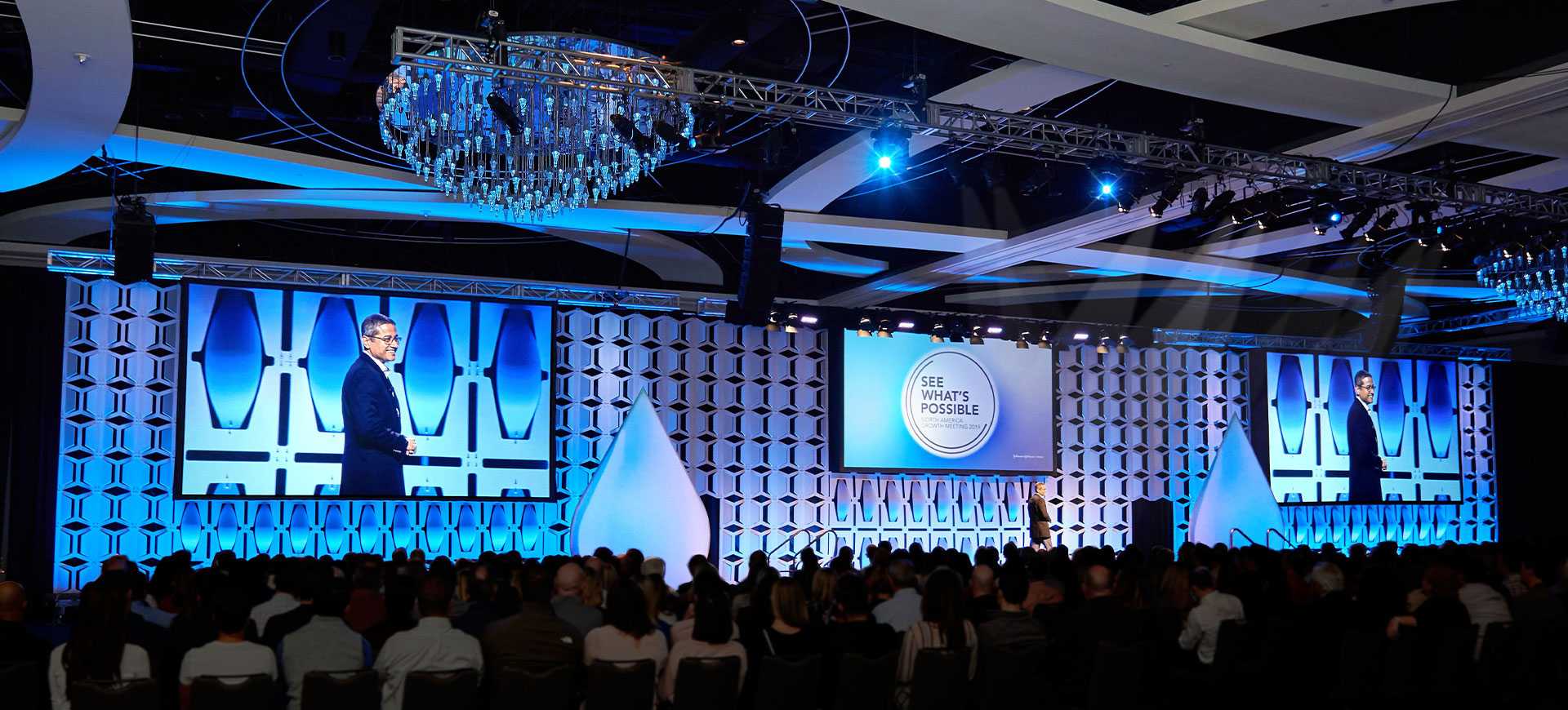Illuminating the Influence of Lighting Techniques on the Craft of Film Projection Mapping Techniques
Illuminating the Influence of Lighting Techniques on the Craft of Film Projection Mapping Techniques
Blog Article
Video projection projection is an exciting creative form that merges tech and creativity to convert ordinary spaces into extraordinary visual exhibits. This technique entails projecting graphics and videos onto three-dimensional elements, such as buildings, artworks, or stages. One of the key significant factors in creating effective projection in the use of effective illumination techniques. Proper illumination enhances the aesthetic elements of the display and guarantees that the visuals are crisp and engaging. This piece explores the influence of illumination techniques on motion projection and how they can enhance the complete experience.
Lighting plays a vital part in video mapping because it sets the mood and tone of the exhibit. Different illumination methods can evoke various emotions and reactions from the audience. For instance, using soft, warm lights can create a inviting atmosphere, while bright, cold lights may create a more dynamic or intense impact. By thoughtfully choosing light hues and intensities, creators can manipulate how viewers perceive the projected images, leading to a more immersive experience. The equilibrium between mapping luminance and surrounding illumination is essential, as it can greatly affect the visibility and impact of the visuals.
In addition, color and intensity, the direction of illumination also influences the effectiveness of projection. Illumination from different directions can create see contrast and accents that add depth to the projected images. This technique, known as light and shadow, can enhance the three-dimensionality of the objects being mapped. Furthermore, using moving lights can add dynamism to the display, making the experience more engaging for the viewers. When the illumination interacts with the projected visuals, it can create an illusion of movement try this site and transformation, capturing the viewers' attention.
Another essential aspect of lighting in projection is the use of special effects. Techniques such as gobo lighting, which uses patterns and shapes to filter light, can add texture and complexity to the projections. This method allows artists to layer images and create visually stunning results that enhance the mapping. Additionally, incorporating lasers or LED illumination can further enhance the display, offering a unique mix of visual elements that attract the viewers in. These unique features, when used thoughtfully, can transform the projection beyond a simple display to an immersive work of creativity.
In conclusion, the impact of lighting techniques on video projection is profound. By comprehending how various illumination components connect with mapped visuals, artists can produce enthralling encounters that connect with audience. The thoughtful choosing of color, intensity, direction, and special effects enables for a rich canvas of sight storytelling. As technology continues to grow, the options for artistic expression in mapping will only expand, making illumination an increasingly vital component in this innovative art medium.